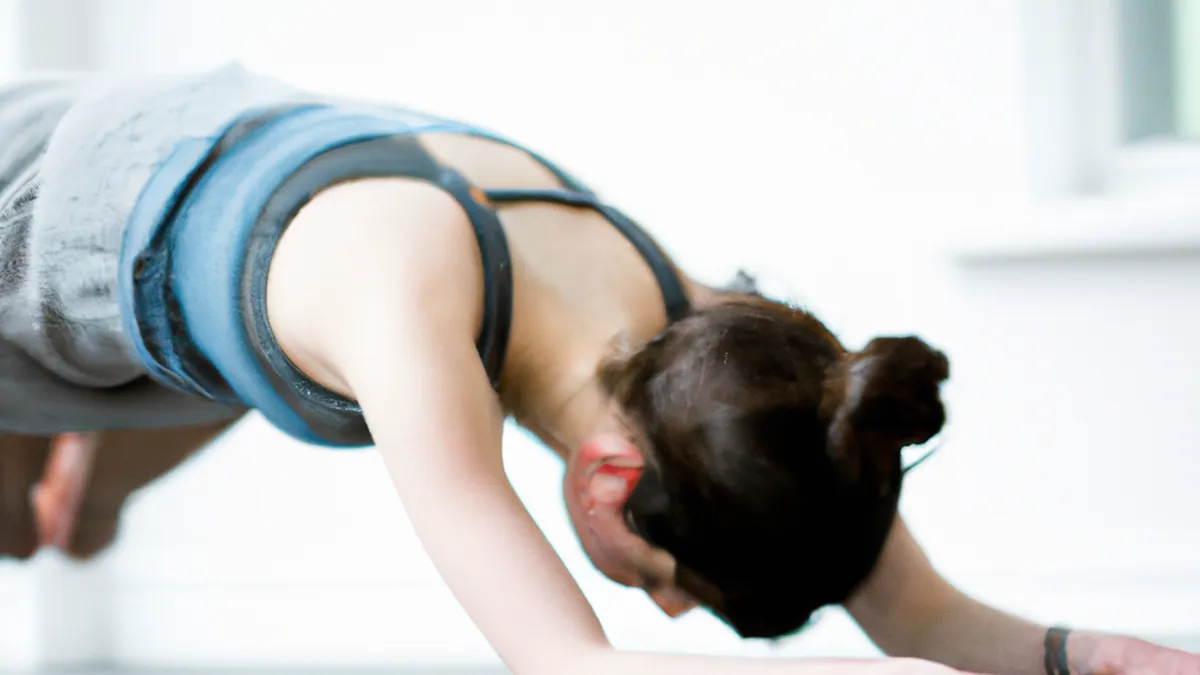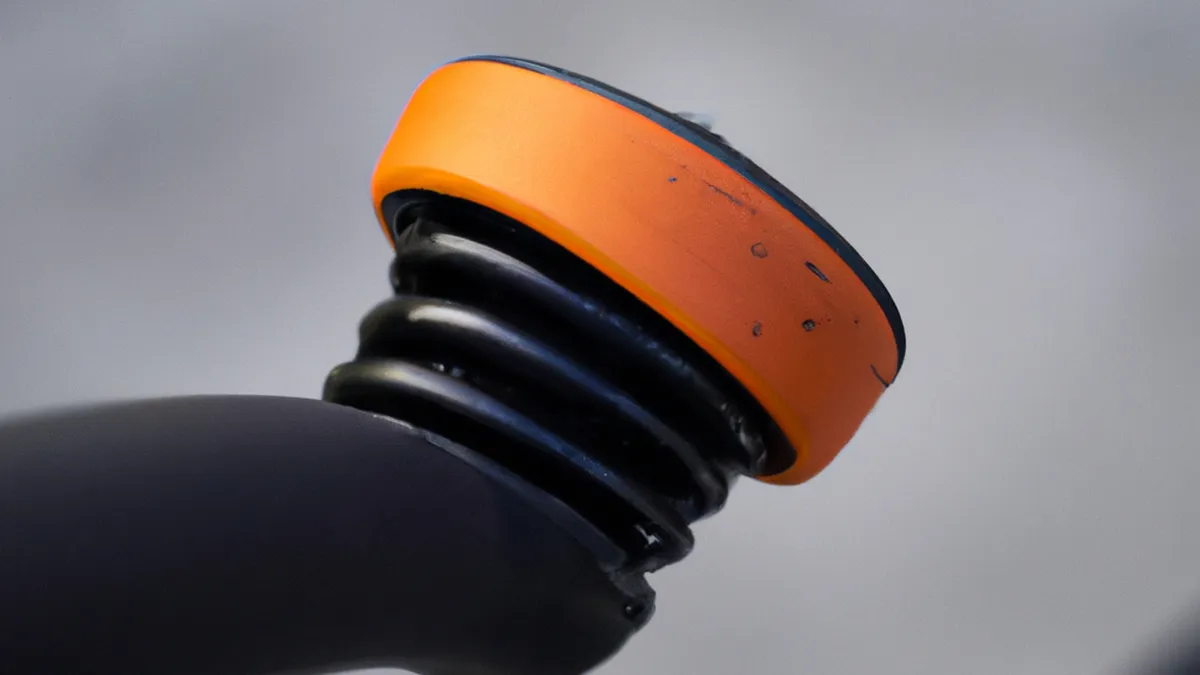Deepen Your Stretching with Yin Yoga Insights
Enhancing Flexibility with Yin YogaYin Yoga enhances flexibility and adds value to your yoga practice. This style emphasizes passive stretching and deep tissue work. It targets connective tissues, ligaments, and joints, promoting flexibility and mobility over time. If you want to deepen your practice, try Yin Yoga.
What is Yin Yoga?
Yin Yoga features slow-paced movements and long-held poses, usually lasting three to five minutes. These extended holds allow your body to relax and release tension. Practitioners access deeper muscle and fascia layers. Yin Yoga benefits those feeling stiff or restricted in movement.You typically perform Yin Yoga on the floor, using seated or lying poses. This accessibility suits all practitioners, from beginners to advanced yogis. The practice creates a meditative space to explore your body’s limits and enhance awareness. Engaging in Yin Yoga improves physical flexibility and develops mental resilience.
The Philosophy Behind Yin Yoga
As an Amazon Associate I earn from qualifying purchases.
Gear tip: consider compression sleeves, compression socks, and percussive massager to support this topic.
Yin Yoga draws from traditional Chinese medicine and the yin and yang philosophy. Here, “yin” symbolizes passive, receptive, and cooling qualities, while “yang” represents active, dynamic, and warming characteristics. Balancing these forces fosters overall well-being.Yin poses often involve longer holds, encouraging surrender and stillness. This contrasts with vigorous styles that engage muscles and generate heat. Yin Yoga invites practitioners to cultivate patience and acceptance on and off the mat.
Tips for Practicing Yin Yoga
1. Use Props Wisely
Props play a vital role in Yin Yoga. They support and comfort you in poses, allowing relaxation during stretches. Use bolsters, blocks, or blankets to enhance your experience. For example, place a bolster under your knees in a forward fold to protect joints.Experiment with various props to find what feels best for your body. Props help you achieve comfortable positions for passive stretching without forcing your body.
2. Focus on Your Breath
Breath serves as a crucial component of Yin Yoga practice. Concentrating on your breath allows you to settle into each pose. Inhale deeply, expanding your abdomen, then exhale slowly to release tension. This rhythmic breathing helps your body soften and release stress.While holding a pose, pay attention to your breath flow. Use your breath to navigate discomfort or tightness.
Conclusion
Yin Yoga enhances flexibility, promotes relaxation, and fosters mindfulness. It offers valuable insights for practitioners seeking growth and awareness.
Below are related products based on this post:
FAQ
What is Yin Yoga?
Yin Yoga is a style that features slow-paced movements and long-held poses, typically lasting three to five minutes. This approach allows the body to relax and release tension, accessing deeper layers of muscle and fascia. It is particularly beneficial for those who feel stiff or restricted in movement.
How does Yin Yoga differ from other yoga styles?
Yin Yoga contrasts with more vigorous styles by focusing on passive stretching and longer holds, which encourage surrender and stillness. While other styles may engage muscles and generate heat, Yin Yoga emphasizes relaxation and the exploration of one’s limits. This balance fosters overall well-being and mental resilience.
What role do props play in Yin Yoga?
Props are essential in Yin Yoga as they provide support and comfort during poses, allowing for deeper relaxation. Utilizing bolsters, blocks, or blankets can enhance the experience and help practitioners find comfortable positions for passive stretching. Experimenting with props can ensure a more effective and enjoyable practice.















Post Comment